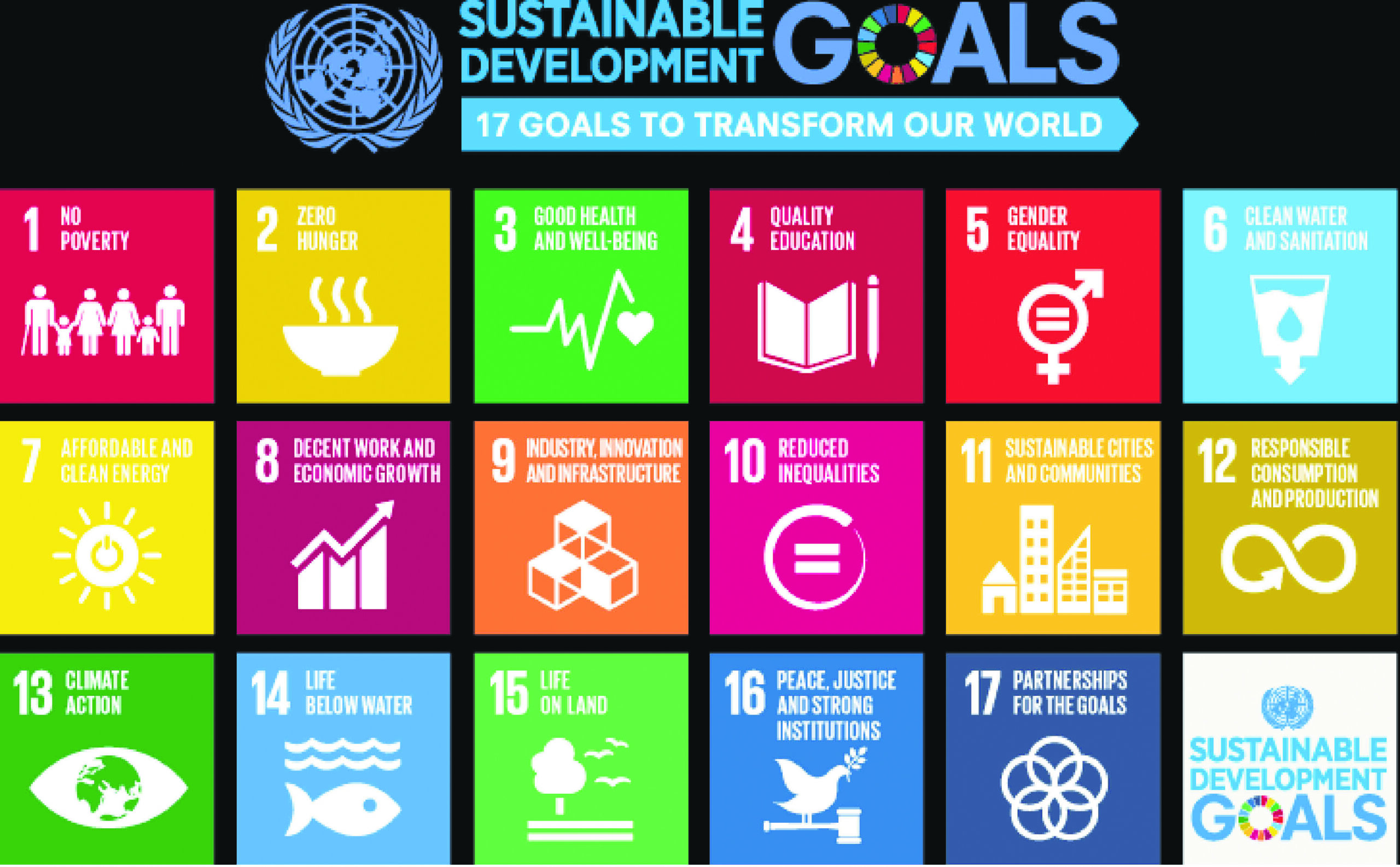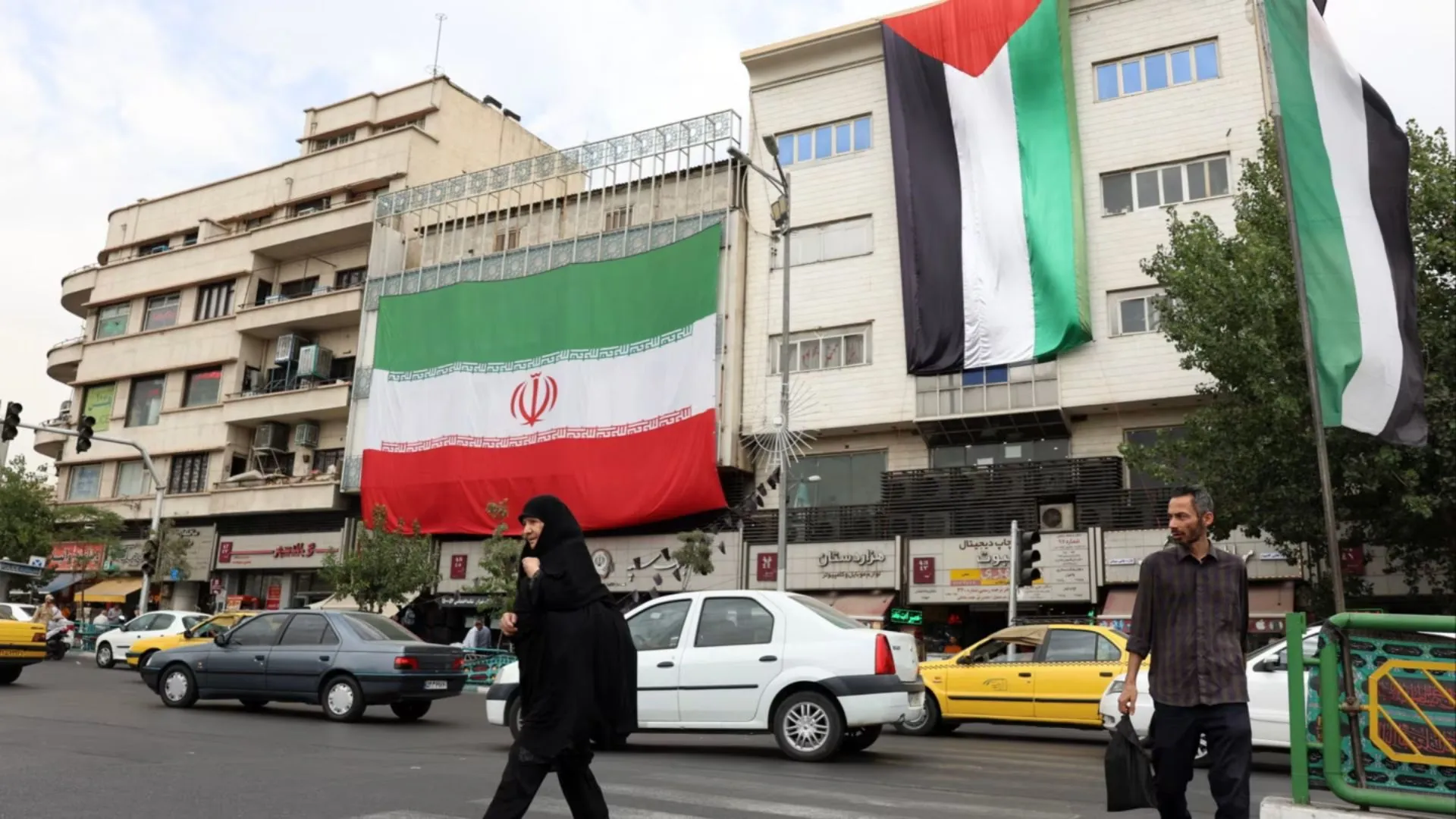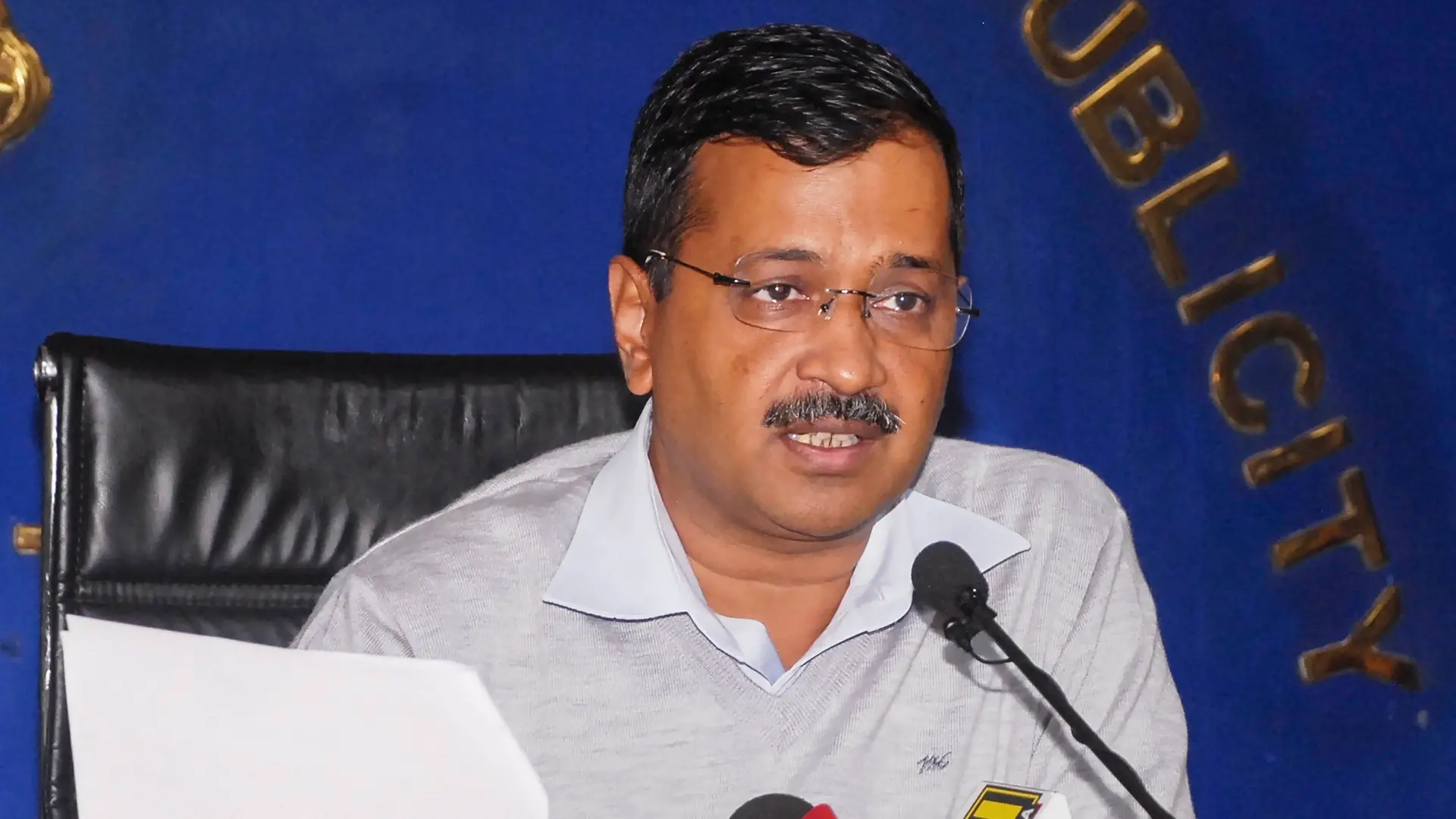Shashi Bagarti (60), a widow for the last 25 years, resides in a fragile clay house with thatched roof in Odisha. Her three sons have migrated outside the province to work as labourers in brick kilns. Shashi, a migrant labourer earlier, is unable to work now due to her old age. For survival, she relies solely on the meagre widow pension of Rs 500 and subsidized rice of 5kg per month provided by the government.
“Though I somehow manage my square of meals with this government assistance, I have been under constant threat of homelessness as my house will crumble anytime. I have been running from pillar to post, seeking government assistance for shelter. But my pleas are falling on deaf ears,” lamented a hopeless Shashi.
Shukman Rai (40) is a resident of Province No. 1 in Nepal. A small farmer and a labourer, he was hit by a falling tree in 2021. His life was saved as he was rushed to hospital by his relatives. However, he has been bed-ridden since then due to persistent pain and immobility below the waist. He could have been cured, but he failed to make it to the doctor’s appointments, paying NPR 15,000 (USD 112) towards ambulance fare.
The stories of Shashi and Shukman are just the tips of the iceberg as millions across the globe are suffering from poverty, lack of healthcare and impoverishment. Rebecca Miranda, a woman farmer from the Philippines, has underlined the lack of social protection depriving many of necessary healthcare and support during emergencies.
We are living in a world where 70% of the global population lacks adequate social protection, leaving them vulnerable to economic downturns, health crises, and other shocks. Magdalena Sepulveda Carmona, the Executive Director of the Global Initiative for Economic, Social and Cultural Rights, has rightly emphasized that social protection is a basic human right, yet only 29% of the global population enjoys comprehensive rights-based coverage.
As we turn our eyes towards a world view, even more scary scenes startle our conscience. Wars and violent conflicts threaten the safety and well-being of millions of children, women and men in more than 30 countries, from Palestine-Israel to Afghanistan, Colombia, the Democratic Republic of the Congo, Ethiopia, Myanmar, Sudan, Ukraine and Yemen.
All these indicate that even as the world marks the halfway point for the Sustainable Development Goals (SDGs)—adopted in 2015 to end poverty, reduce inequalities and ensure peace and safe environment—we are far from achieving the goals. The United Nations estimates that only 12 per cent of the targets are currently on track. Thirty percent of the indicators are actually worse now than they were eight years ago.
“The debt crisis is killing the SDGs,” Ingo Ritz, Director of the Global Call to Action Against Poverty (GCAP), said during the Global People’s Assembly organised by the GCAP with support of more than 60 civil society organisations in New York in September 2023. “Financial systems, dominated by rich western nations, are not creating global prosperity. We need new solutions, starting with debt cancelation and new funding that enable communities to achieve the SDGs, without creating new debt traps,” he added.
The world can change for the better if leaders listen to people’s voices and concerns, rather than racing to protect the interests of the affluent. “We must move beyond empty rhetoric and prioritize concrete actions to implement the SDGs,” Ritz said.
The Global People’s Assembly has rightly issued a call to action to global leaders to set a clear path to achieve Agenda 2030 and the SDGs. It emphasized on starting with a solution for the debt crisis, including a reform of the international financial architecture, and a concrete agreement to establish social protection floors for all by 2030.
Development and climate financing must be implemented in a manner that does not increase the debts of countries and communities struggling to achieve the SDGs.
Last but not the least, when we talk about materializing the SDGs, we must keep in mind that sustainable development is a collective effort. If we can involve the last mile person in the process of decision making and make him/her a stakeholder of development, the SDGs will no more remain elusive.
World leaders must keep in mind that failure to achieve the SDGs would be catastrophic for humanity and our planet.
Pragati Prava, an independent journalist based in Bhubaneswar, specializes in environmental/climate change, rural and tribal issues, and agricultural reporting.

















